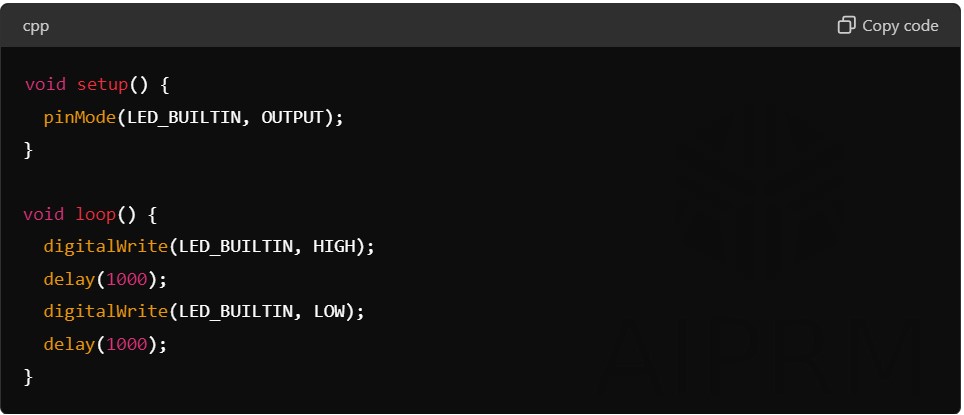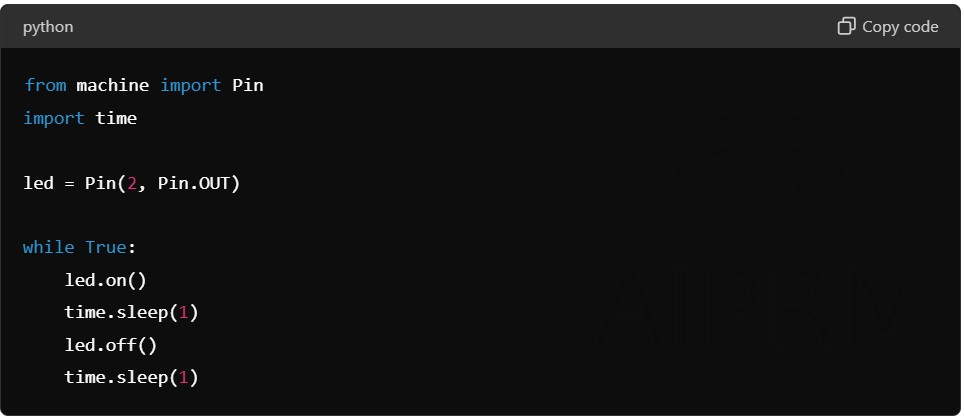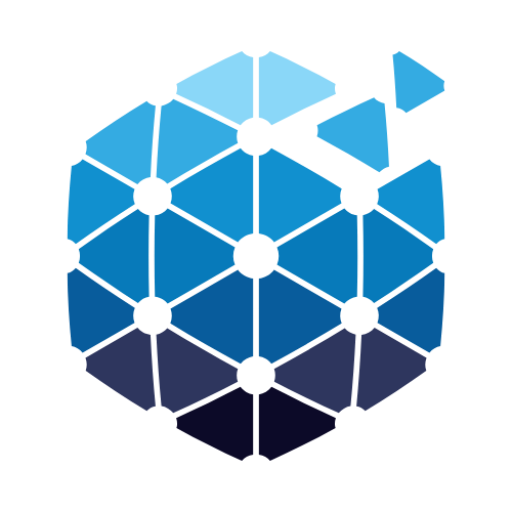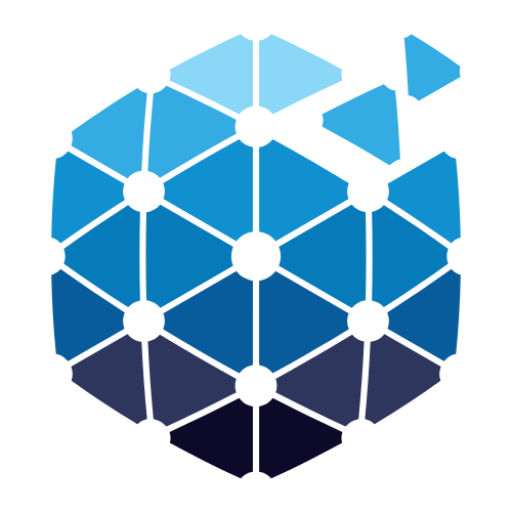Which Programming Language Does Arduino Use?
Which Programming Language Does Arduino Use?
Which Programming Language Does Arduino Use?
Introduction
So, you’ve got your hands on an Arduino board and you’re ready to dive into the world of electronics and programming. But before you start, there’s a crucial question you need to answer: which programming language does Arduino use? This question is fundamental because choosing the right language can make your journey smoother and more enjoyable. Let’s explore the details together.
What is Arduino?
Arduino is a versatile and user-friendly platform that has revolutionized the world of electronics and programming. But what exactly is it?
Brief History of Arduino
Arduino was born in 2005 at the Interaction Design Institute Ivrea in Italy. Initially, it was created to provide an affordable and accessible way for non-engineers to develop interactive projects. Over the years, it has grown into a global phenomenon, with millions of users worldwide.
Core Components of Arduino
At its core, Arduino consists of two main components: hardware and software. The hardware is a microcontroller board, which acts as the brain of your projects. The software is the Arduino IDE (Integrated Development Environment), which you use to write and upload code to the board.
Common Applications of Arduino
Arduino is used in a wide range of applications, from simple DIY projects to complex industrial systems. Some common uses include home automation, robotics, environmental monitoring, and even art installations.
Arduino Programming Languages
Now, let’s get to the heart of the matter: the programming languages used with Arduino.
Primary Language: Arduino Language (C/C++)
The primary language for programming Arduino is a subset of C and C++. This language is sometimes referred to as the Arduino language, and it is specifically designed to be easy for beginners while still being powerful enough for advanced users.
Why C/C++ is Used for Arduino
C/C++ is used for Arduino because it provides a good balance between performance and ease of use. It allows for direct manipulation of hardware, which is crucial for real-time applications. Additionally, C/C++ has a vast library of pre-written code, which can save you a lot of time.
Comparing C and C++
While C is a procedural language, C++ is an extension that includes object-oriented features. For most Arduino projects, you’ll be using a mix of both, as the Arduino language incorporates elements from both C and C++.
Setting Up the Arduino IDE
Before you can start programming, you’ll need to set up the Arduino IDE.
Downloading and Installing the Arduino IDE
First, you’ll need to download the Arduino IDE from the official Arduino website. It’s available for Windows, macOS, and Linux. Once downloaded, follow the installation instructions for your operating system.
Basic Configuration of the Arduino IDE
After installing the IDE, you’ll need to configure it. This involves selecting the correct board and port. Go to the “Tools” menu, select “Board,” and choose your Arduino model. Then, under “Port,” select the appropriate COM port.
Writing Your First Arduino Program
Now that your IDE is set up, it’s time to write your first program, also known as a sketch.
Structure of an Arduino Sketch
An Arduino sketch has two main functions: setup() and loop(). The setup() function runs once when the program starts and is used to initialize settings. The loop() function runs continuously and is where the main logic of your program goes.
Basic Syntax and Commands
Arduino uses a simple syntax that is easy to learn. Here’s a basic example:

This program blinks the built-in LED on and off every second.
Uploading Your Program to the Arduino Board
Once you’ve written your sketch, click the “Upload” button in the IDE. This compiles your code and uploads it to the Arduino board.
Understanding Arduino Libraries
Libraries are an essential part of Arduino programming.
Importance of Libraries in Arduino Programming
Libraries provide pre-written code for performing common tasks, which can save you a lot of time and effort.
How to Install and Use Libraries
You can install libraries through the Arduino IDE by going to “Sketch” > “Include Library” > “Manage Libraries.” Once installed, you can include a library in your sketch with the #include directive.
Popular Arduino Libraries
Some popular libraries include:
- Wire: For I2C communication
- Servo: For controlling servo motors
- LiquidCrystal: For interfacing with LCD screens
Advanced Arduino Programming
As you become more comfortable with Arduino, you might want to explore more advanced programming techniques.
Using Functions and Loops
Functions and loops are fundamental concepts in programming. Functions allow you to organize your code into reusable blocks, while loops enable you to repeat actions.
Working with Sensors and Actuators
Arduino can interface with a wide range of sensors (e.g., temperature, humidity) and actuators (e.g., motors, LEDs). Learning how to work with these components opens up a world of possibilities.
Handling Interrupts
Interrupts allow you to respond to external events in real time. This is crucial for applications that require precise timing or need to respond immediately to user inputs.
Programming Arduino with Python
While C/C++ is the primary language, you can also program Arduino with Python using MicroPython.
Introduction to MicroPython
MicroPython is a lean implementation of Python 3 that runs on microcontrollers.
Setting Up Python for Arduino
You’ll need a special firmware to run MicroPython on your Arduino. Once set up, you can use any Python IDE to write your code.
Writing and Running Python Code on Arduino
Python code for Arduino is similar to regular Python code, but with some additional modules for hardware interaction. Here’s an example:

Alternative Programming Languages for Arduino
If you’re feeling adventurous, you might want to explore alternative programming languages.
Visual Programming with Scratch
Scratch is a visual programming language that is great for beginners, especially kids. There are extensions available that allow you to program Arduino using Scratch.
Programming with JavaScript (Johnny-Five)
Johnny-Five is a JavaScript library for robotics and IoT. It allows you to control Arduino using JavaScript, which can be a great option if you’re already familiar with web development.
Using Rust with Arduino
Rust is a systems programming language that emphasizes safety and performance. Although it’s not as commonly used for Arduino as C/C++ or Python, it’s gaining popularity due to its robustness.
Conclusion
Choosing the right programming language is crucial for your Arduino projects. While C/C++ is the primary language used, other options like Python, Scratch, JavaScript, and Rust provide flexibility for various applications and user preferences. By understanding the fundamentals of Arduino programming and exploring different languages, you can unlock endless possibilities for your creative and technical endeavors.
FAQs
1. Can I use Python to program Arduino?
Yes, you can use Python to program Arduino by using MicroPython. This involves installing a special firmware on your Arduino board and writing Python code that interacts with the hardware components.
2. Is Arduino IDE the only option for programming Arduino?
No, the Arduino IDE is not the only option. While it is the most commonly used environment, you can also use other IDEs like Visual Studio Code with the Arduino extension, PlatformIO, or even command-line tools.
3. What are the advantages of using C/C++ for Arduino?
C/C++ offers several advantages for Arduino programming, including efficient memory management, direct hardware manipulation, and a vast library of pre-written code. These features make it ideal for real-time applications and resource-constrained environments.
4. Are there any online simulators for Arduino programming?
Yes, there are several online simulators available for Arduino programming, such as Tinkercad and Wokwi. These platforms allow you to create and test your Arduino projects virtually before deploying them on actual hardware.
5. How can I start learning Arduino programming?
To start learning Arduino programming, you can:
- Visit the official Arduino website for tutorials and documentation.
- Join online communities and forums to ask questions and share projects.
- Enroll in online courses and watch video tutorials on platforms like YouTube and Udemy.
- Experiment with simple projects and gradually take on more complex challenges.


